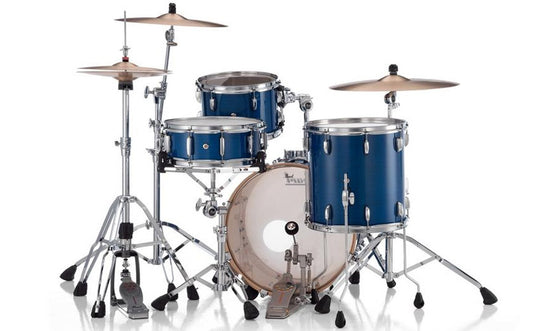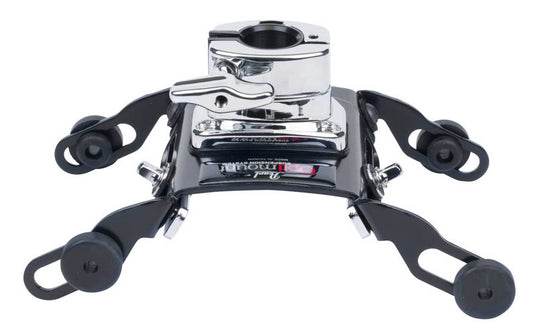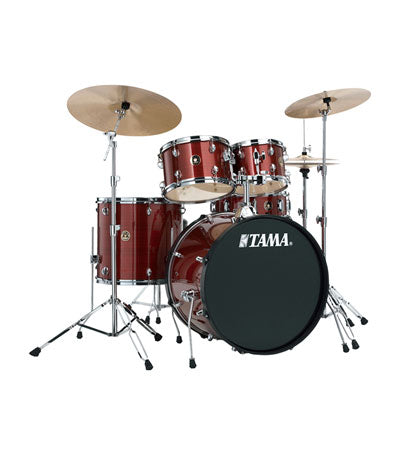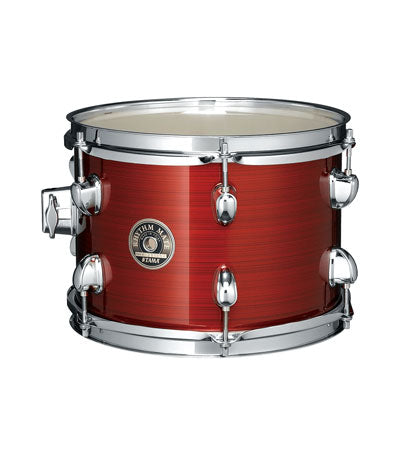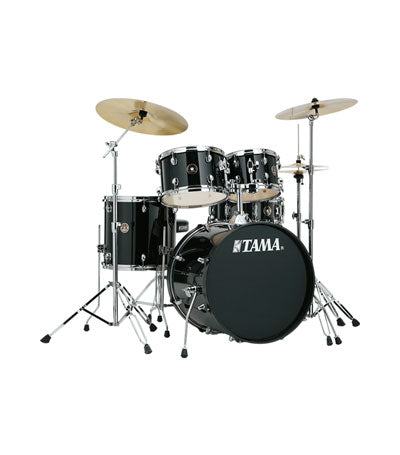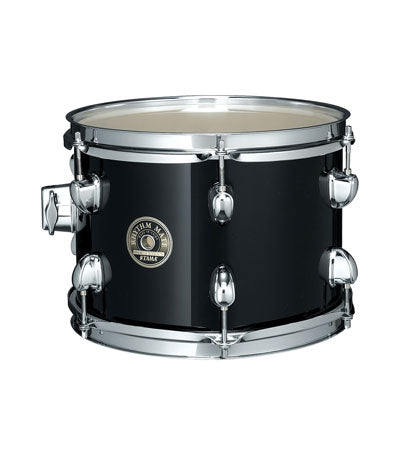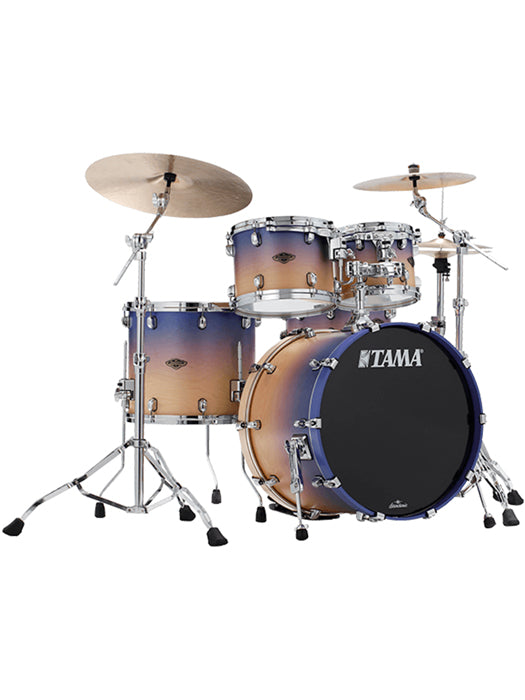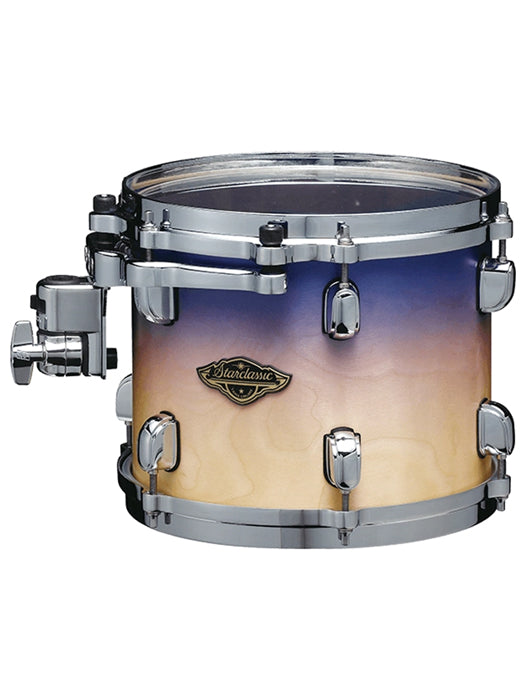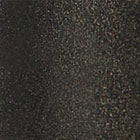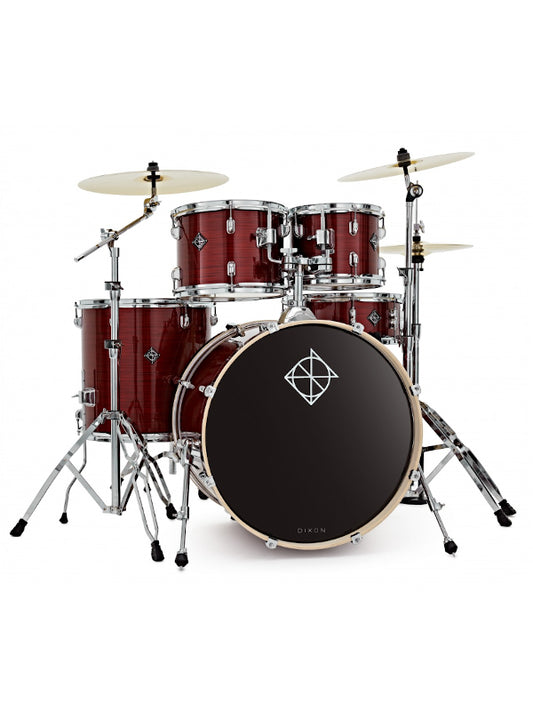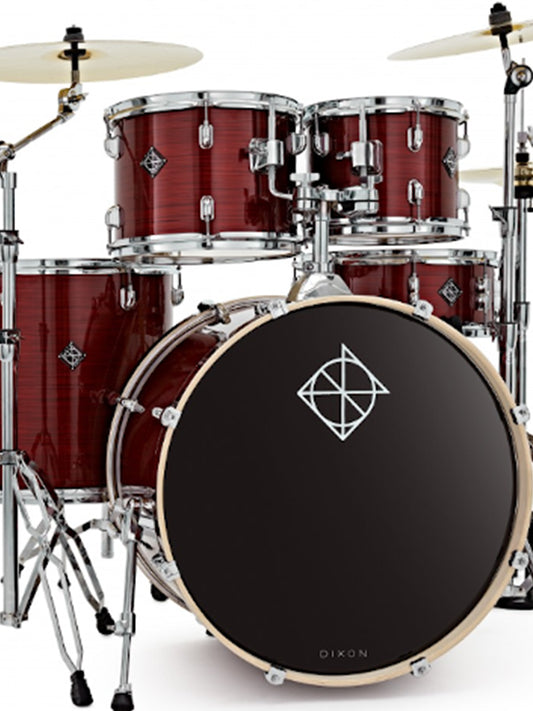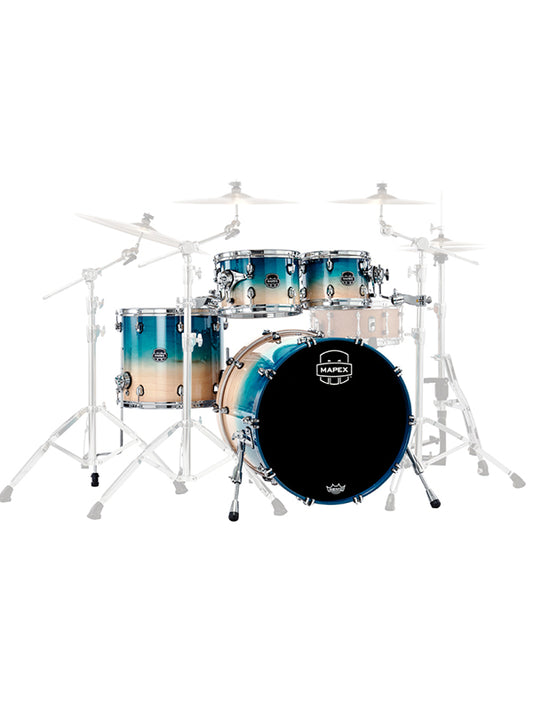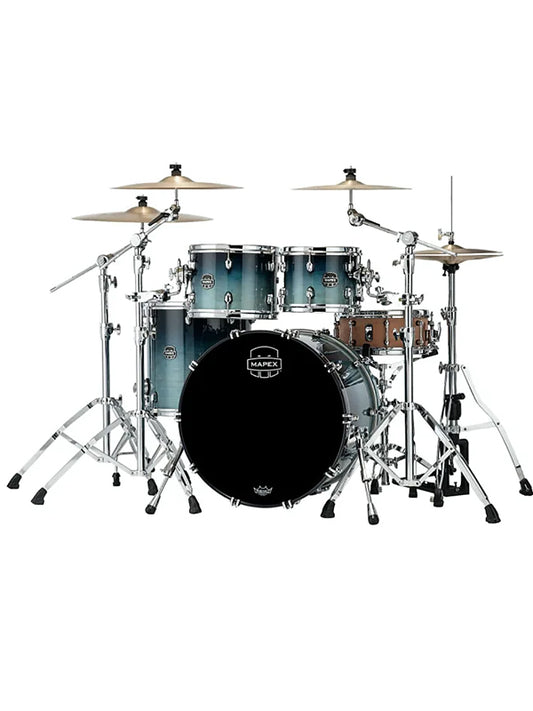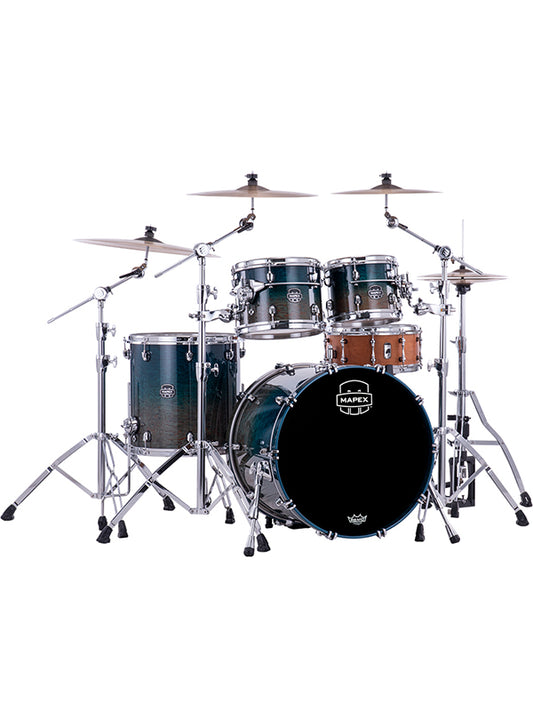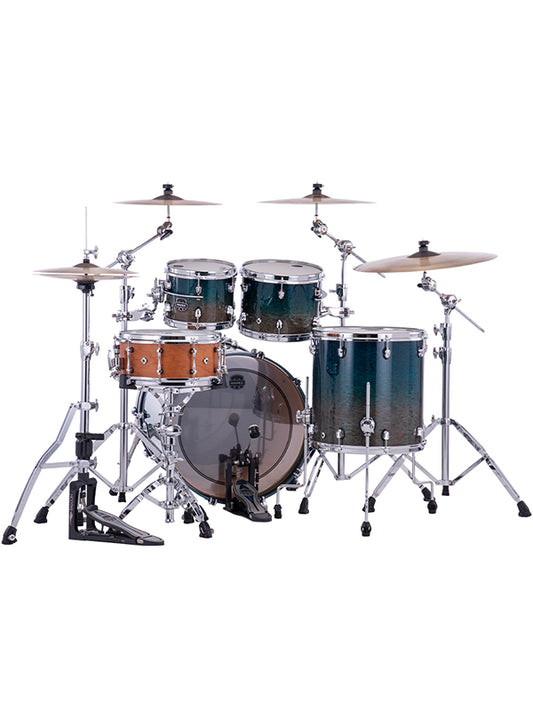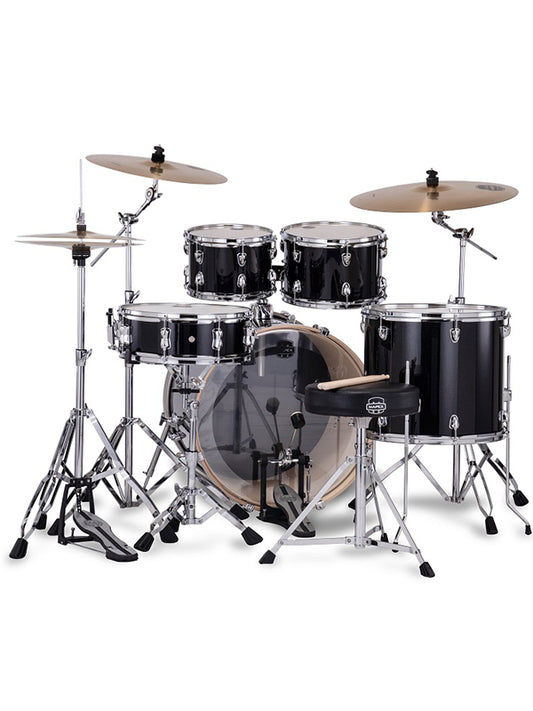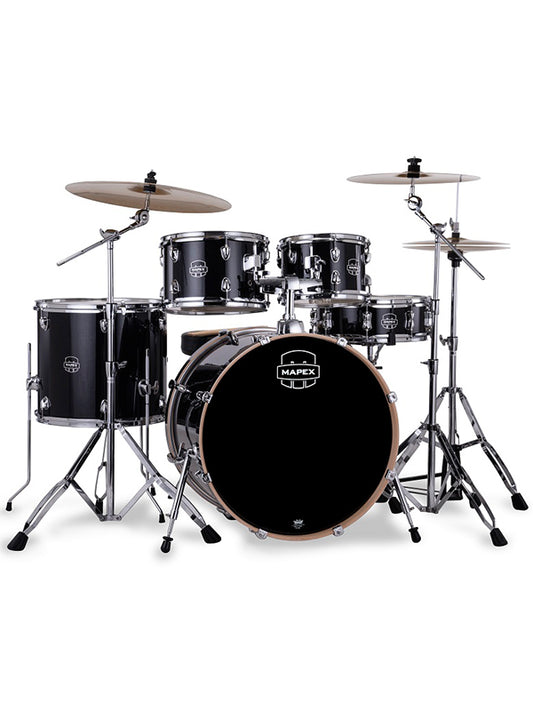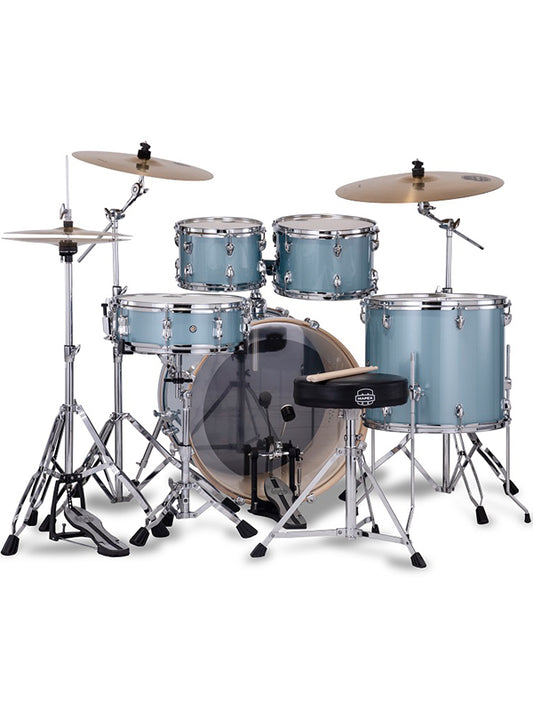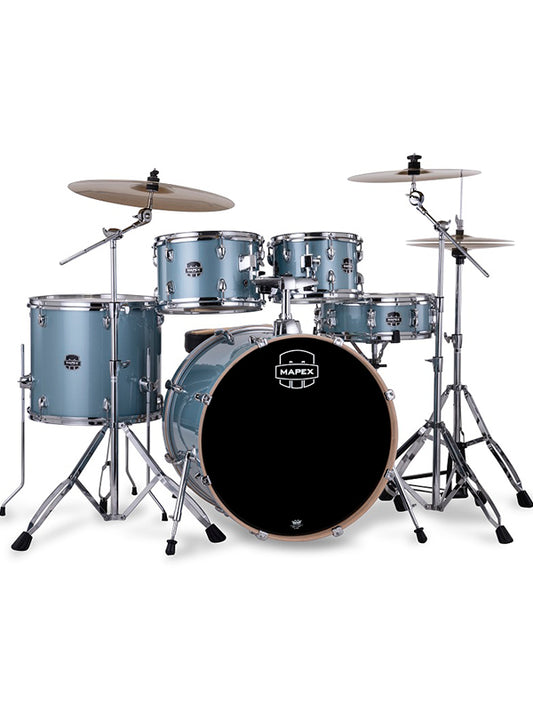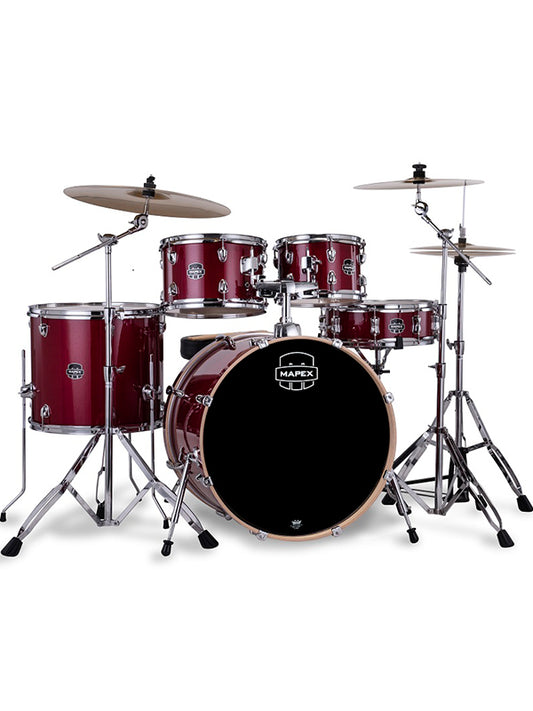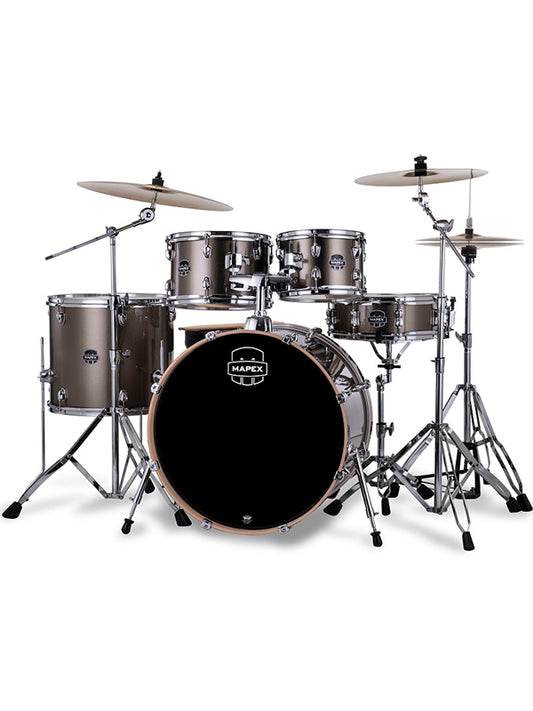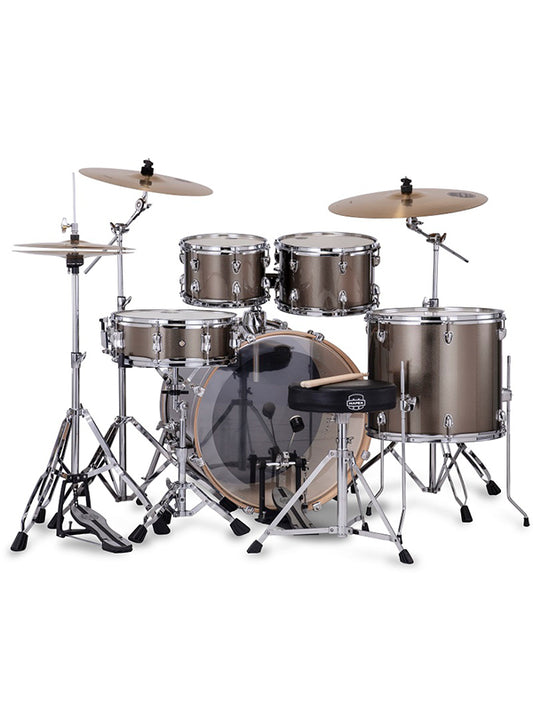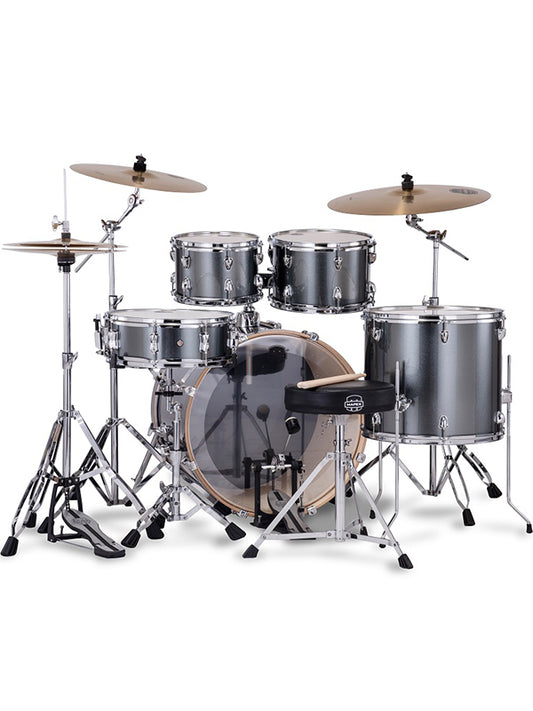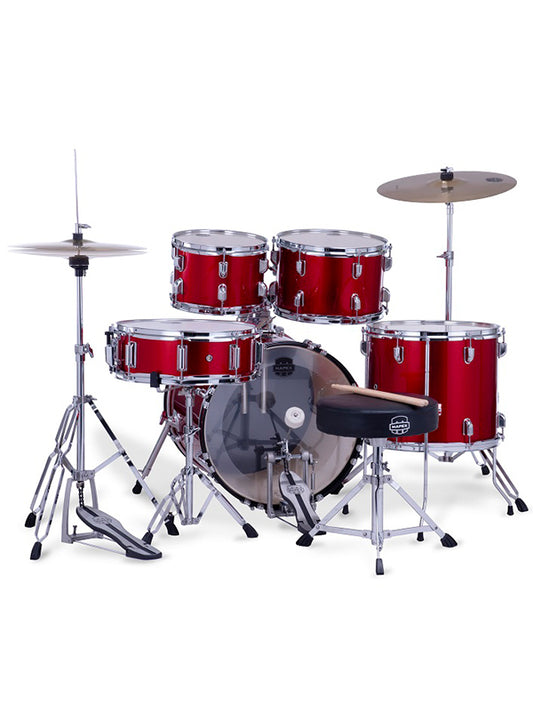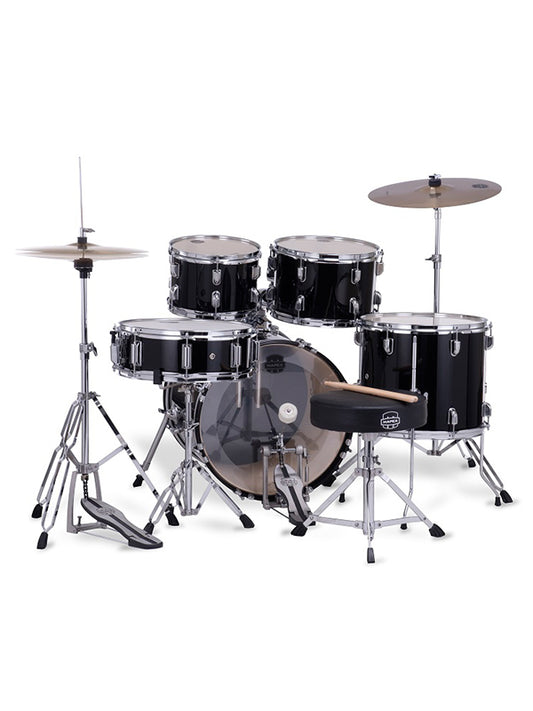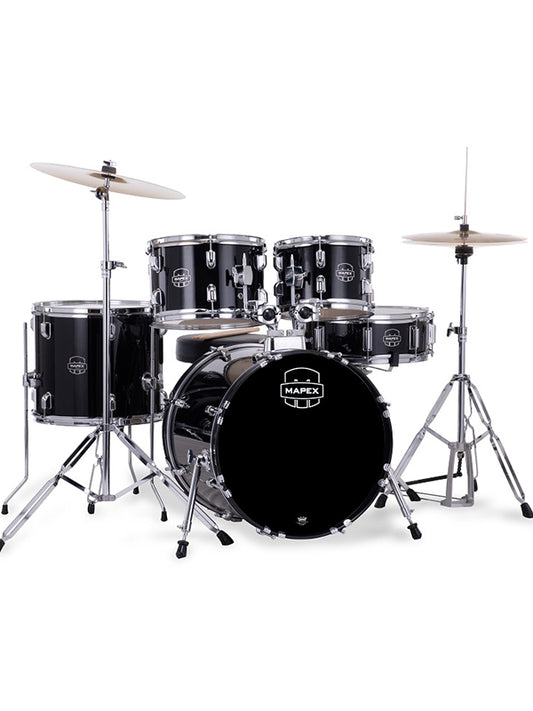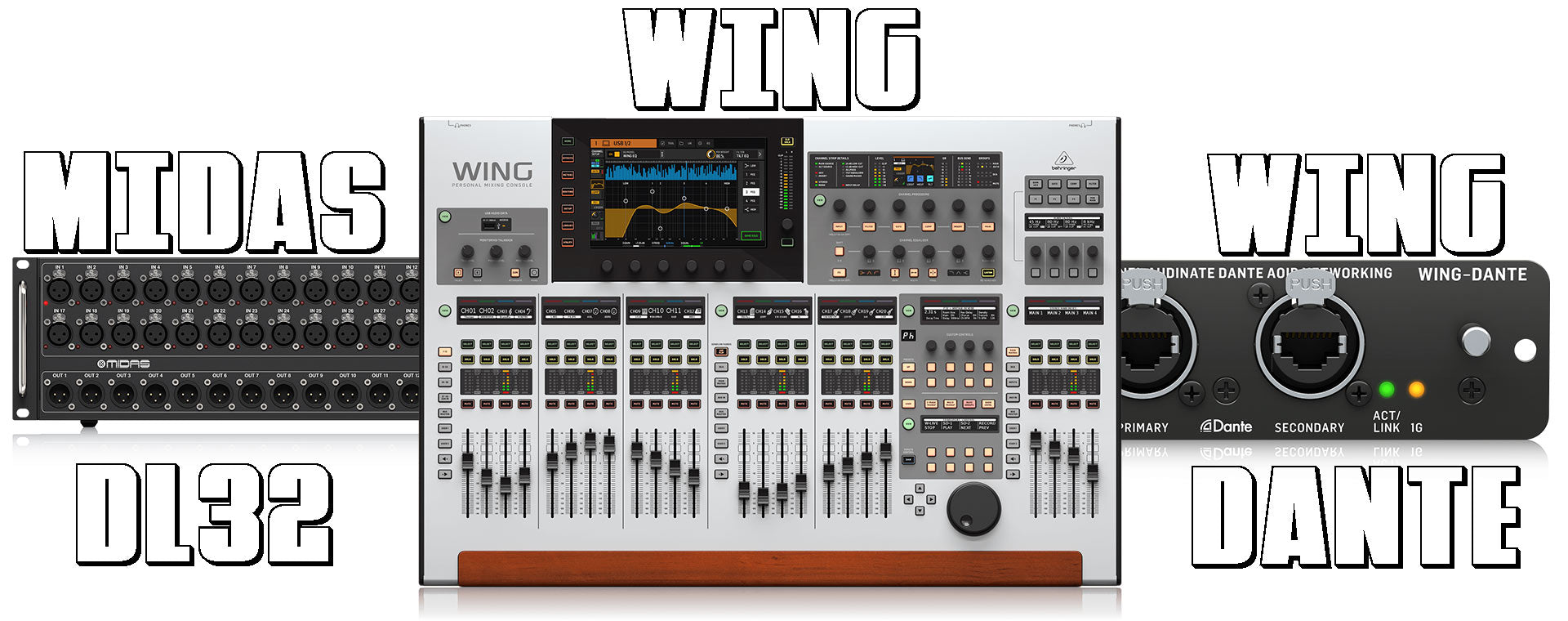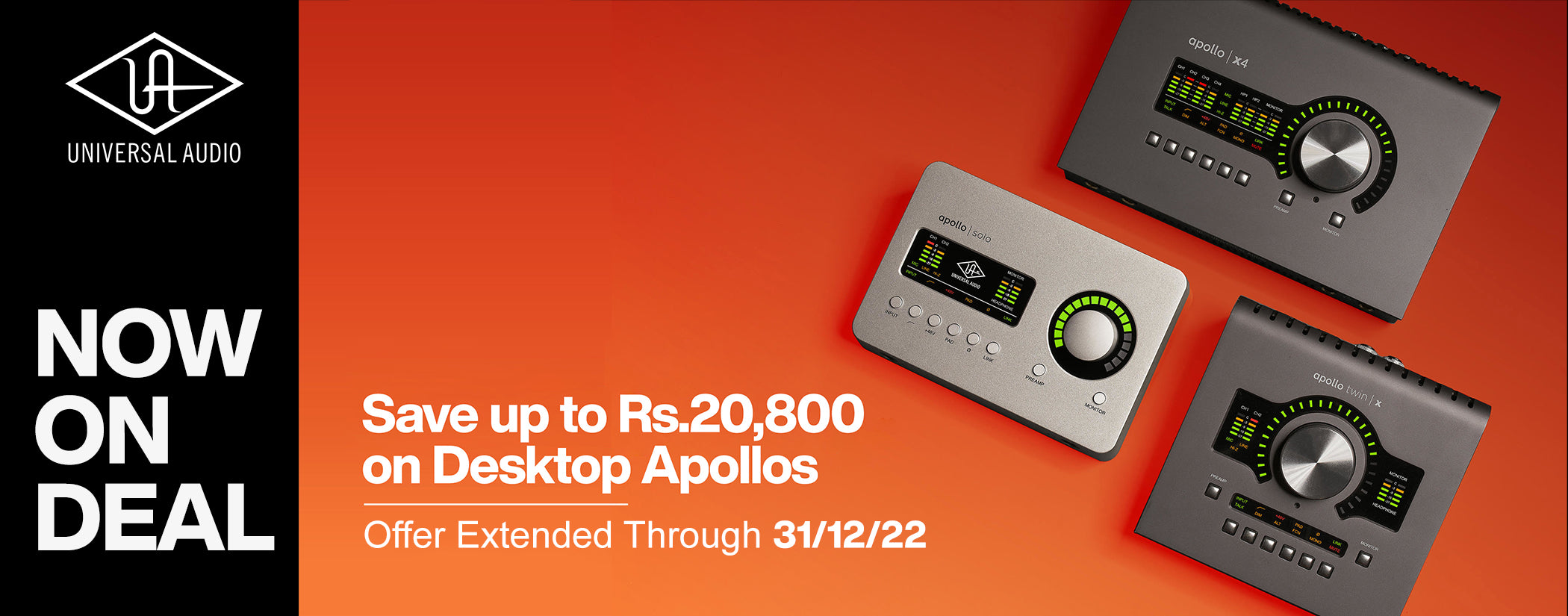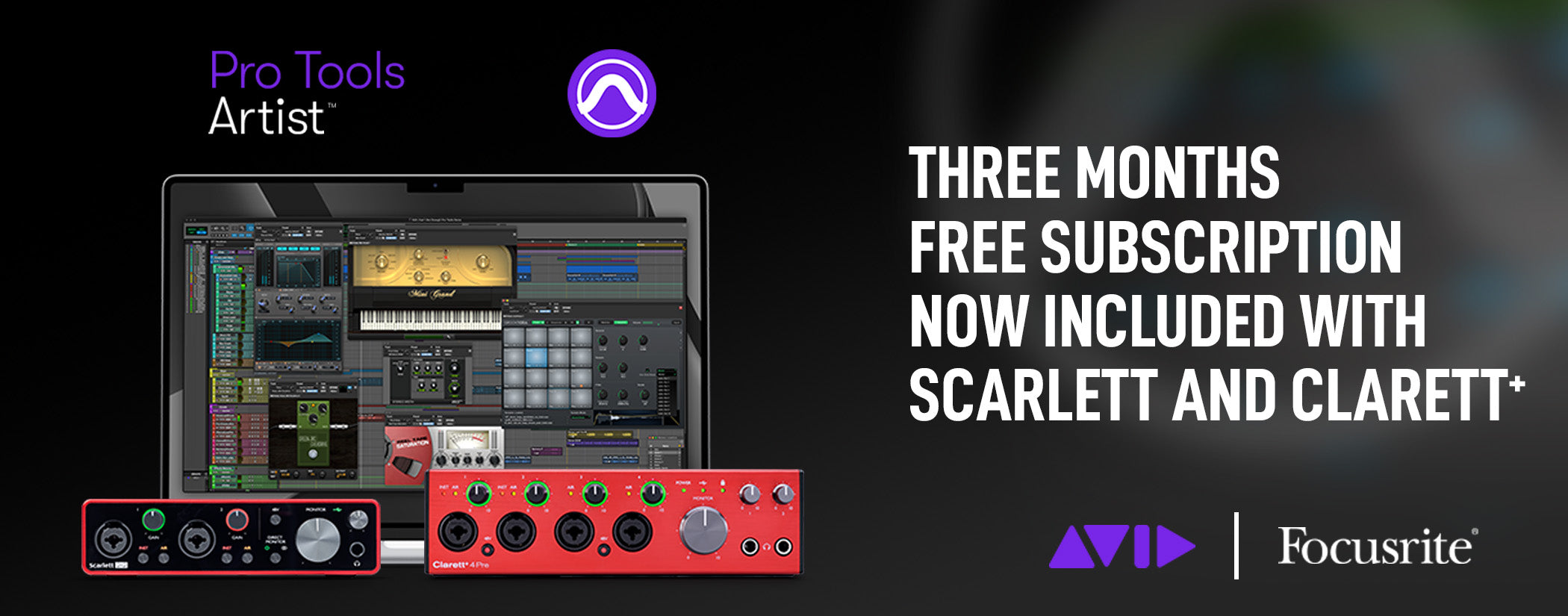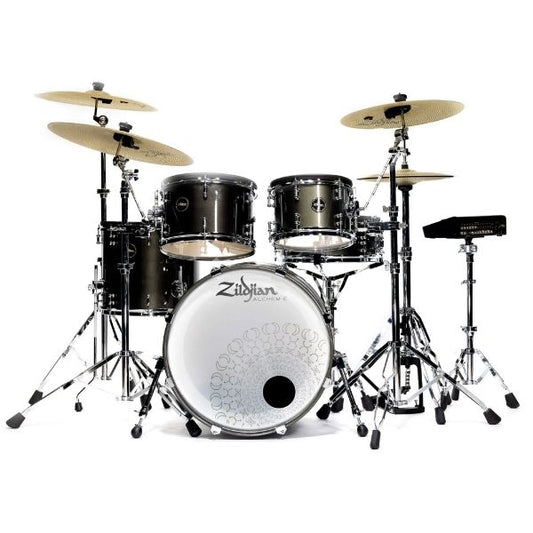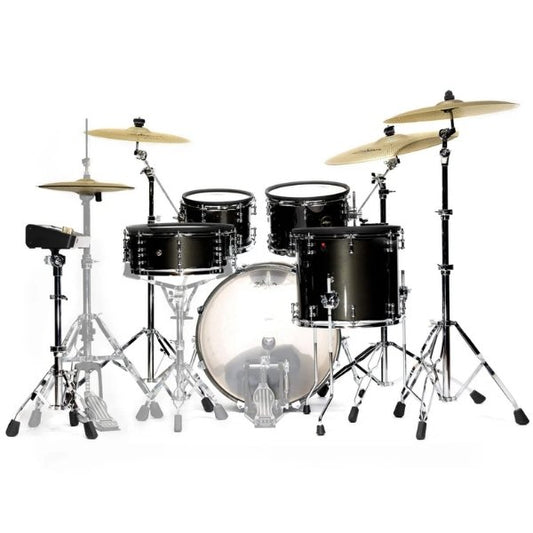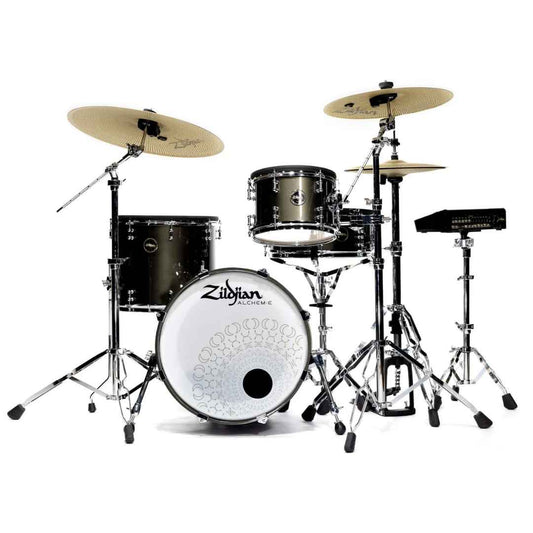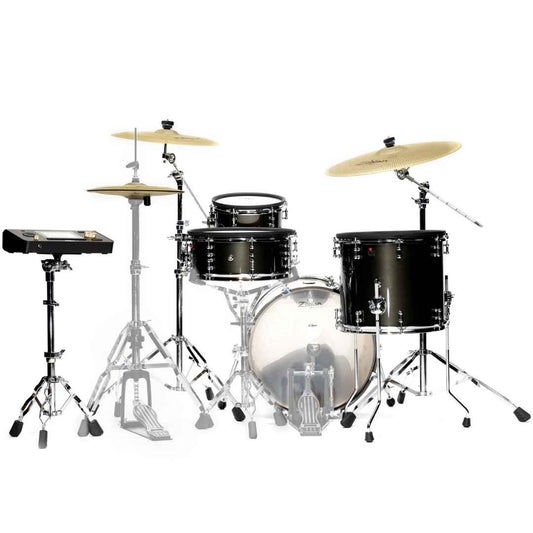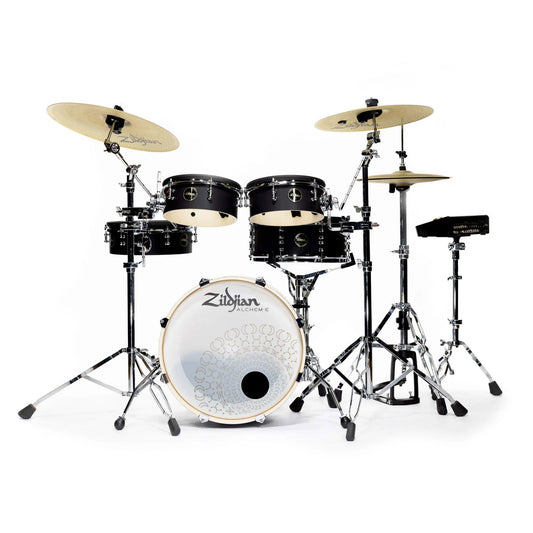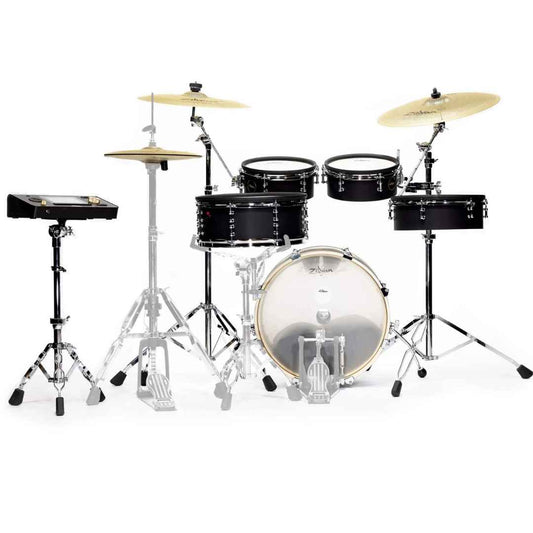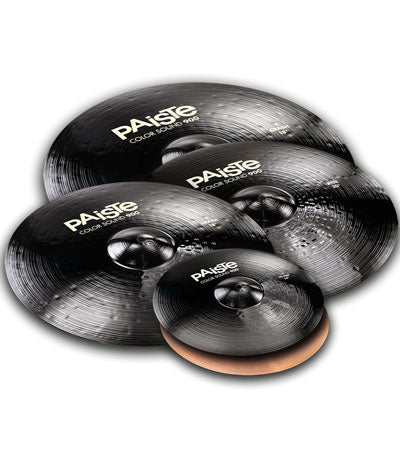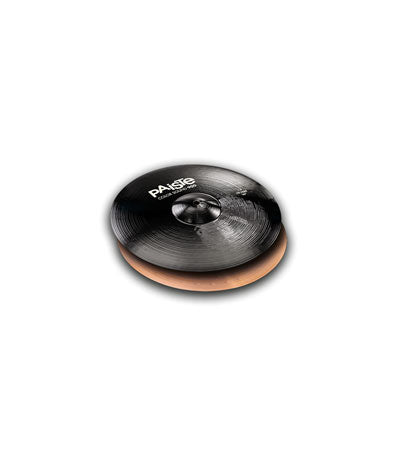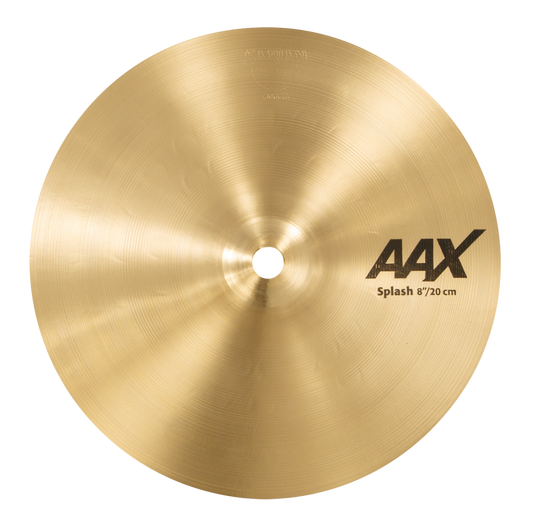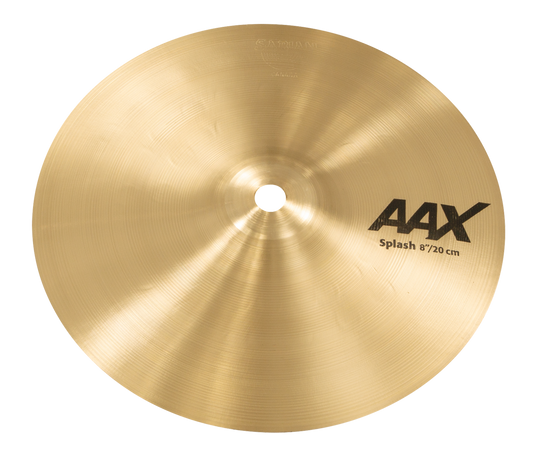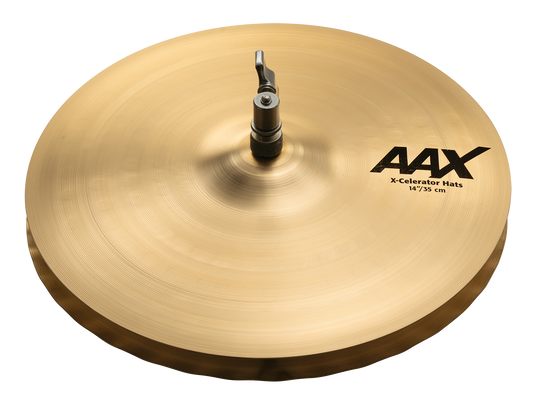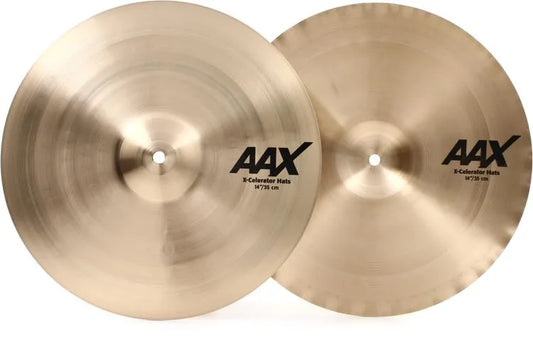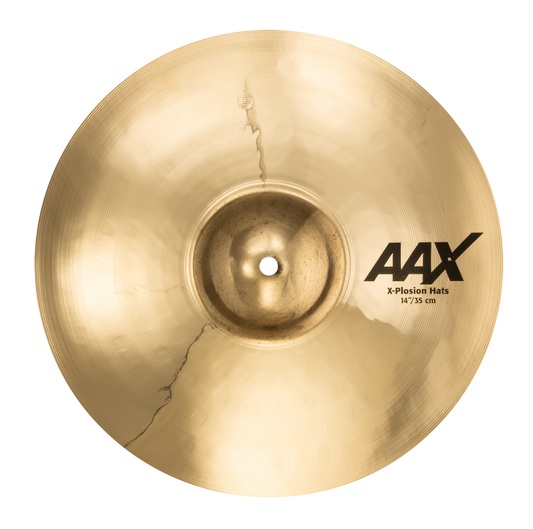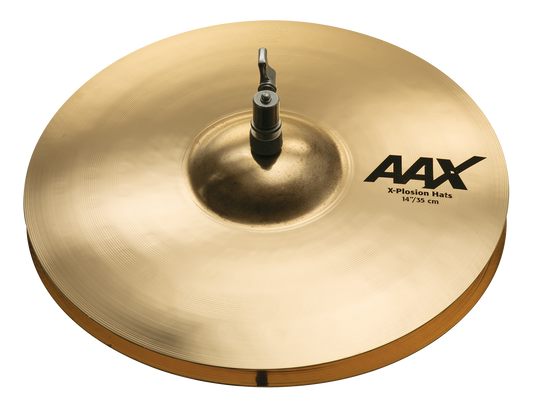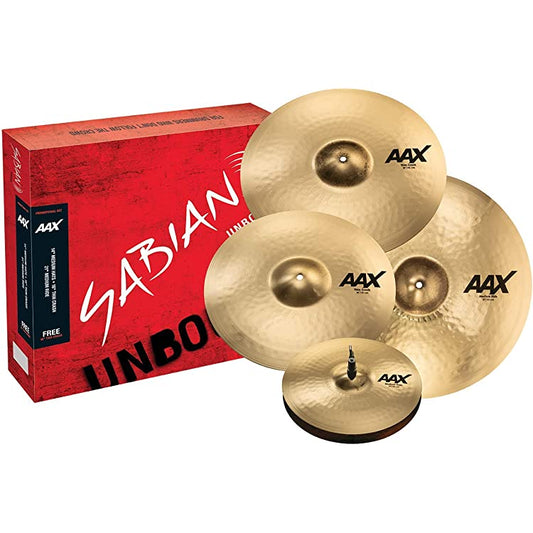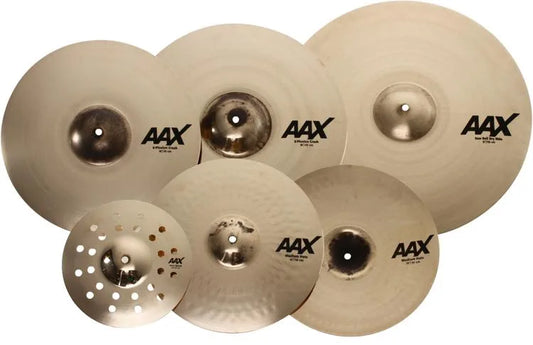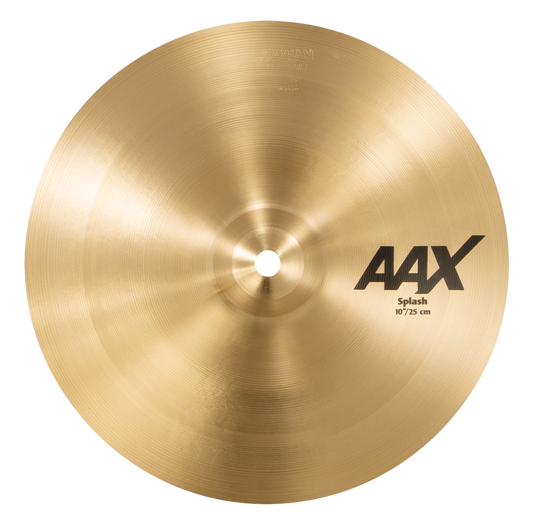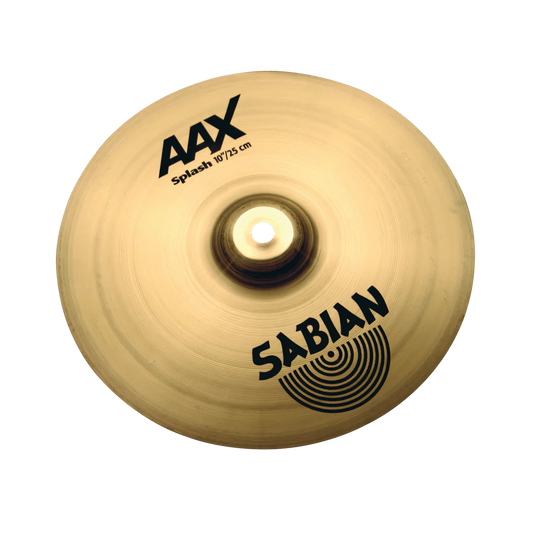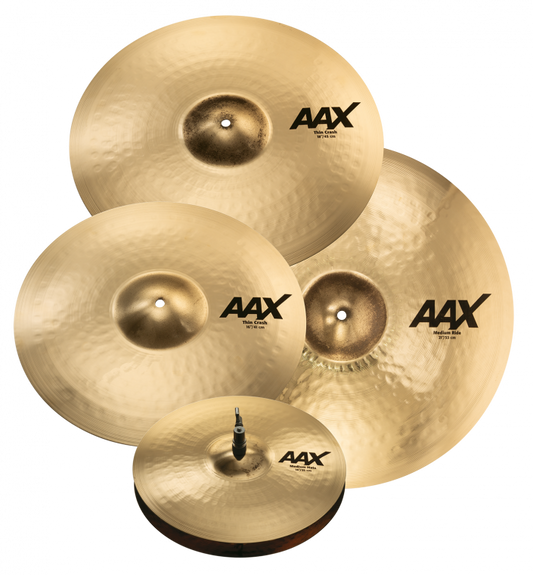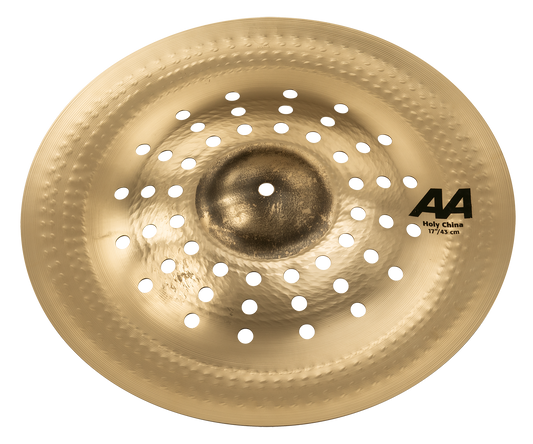-
Pearl Professional Series PMX 5pc Drum Kit With Tom Holder and Adapters
Vendor:PearlRegular price From Rs. 377,000.00Regular priceUnit price per -
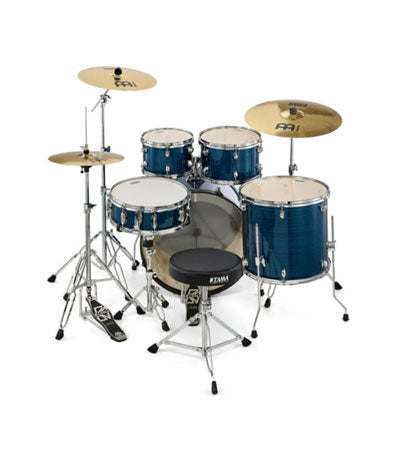

Tama RM50YH5-HLB Rhythm Mate 20" 5pc with Hardware & Throne & Pluto Cymbals - Hairline Blue
Vendor:TamaRegular price Rs. 55,480.00Regular priceUnit price perRs. 58,400.00Sale price Rs. 55,480.00Sold out -
Tama RM50YH5-RDS Rhythm Mate 20" 5pc with Hardware & Throne & Pluto Cymbals - Red Stream
Vendor:TamaRegular price Rs. 55,480.00Regular priceUnit price perRs. 58,400.00Sale price Rs. 55,480.00Sold out -
Tama RM50YH5-BK Rhythm Mate 20" 5pc with Hardware & Throne & Pluto Cymbals - Black
Vendor:TamaRegular price Rs. 55,480.00Regular priceUnit price perRs. 58,400.00Sale price Rs. 55,480.00Sold out -
Tama MBS52RZS-MSL+MBSS55-MSL+MBST8A-MSL Starclassic Performer 22" 7pc Drum Shell Set - Molten Steel Blue Burst
Vendor:TamaRegular price Rs. 205,740.00Regular priceUnit price perRs. 216,568.00Sale price Rs. 205,740.00Sold out -
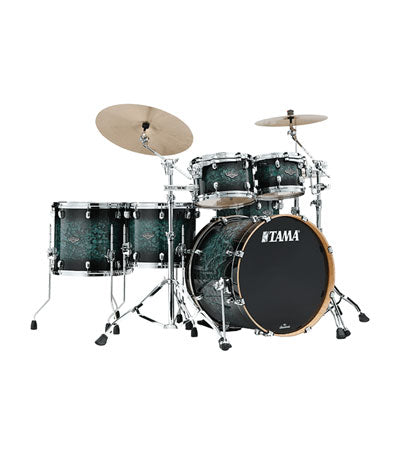
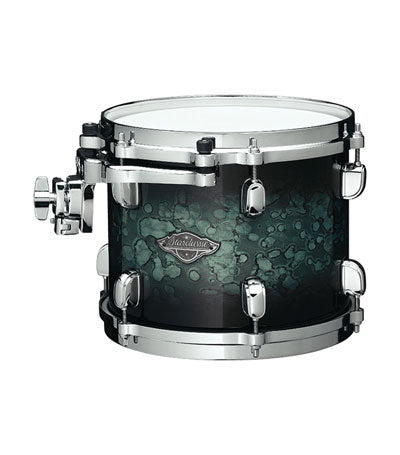
Tama MBS52RZS+MBSS55 - MSL Starclassic Performer 22" 6pc Drum Shell Set - Molten Steel Blue Burst
Vendor:TamaRegular price Rs. 178,904.00Regular priceUnit price perRs. 188,320.00Sale price Rs. 178,904.00Sold out -
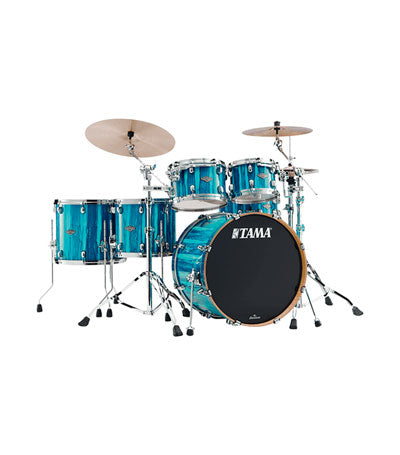
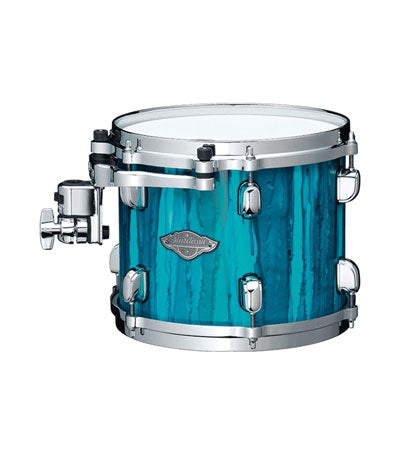
Tama MBS52RZS-SKA + MBSS55-SKA Starclassic Performer 22" 6pc Drum Shell Set - Sky Blue Aurora
Vendor:TamaRegular price Rs. 178,904.00Regular priceUnit price perRs. 188,320.00Sale price Rs. 178,904.00Sold out -
Tama WBS52RZS-SAF + WBSS55-SAF Starclassic Walnut/Birch 22" 6pc Drum Shell Set - Satin Purple Atmosphere Fade
Vendor:TamaRegular price Rs. 292,752.00Regular priceUnit price perRs. 308,160.00Sale price Rs. 292,752.00Sold out -
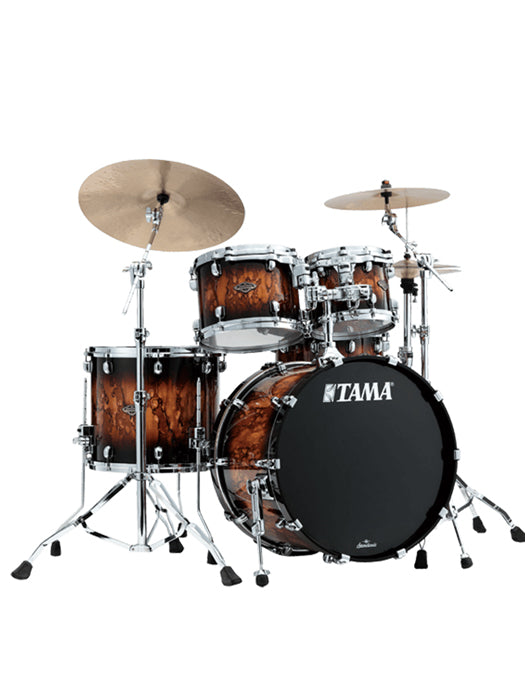
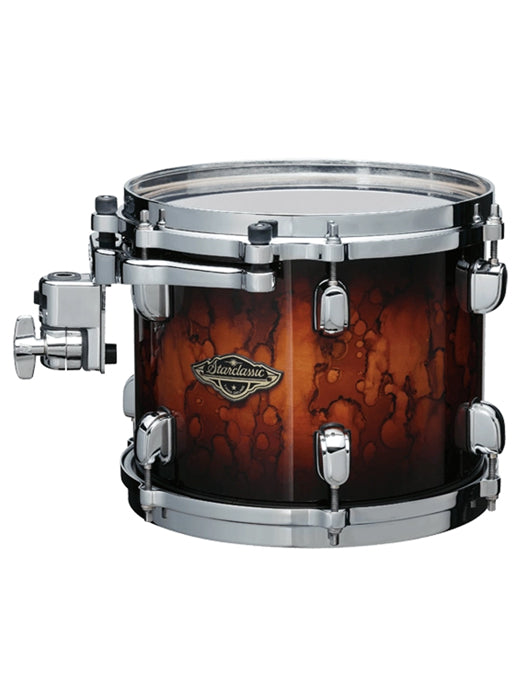
Tama WBS52RZS-MBR+WBSS55-MBR Starclassic Walnut/Birch 22" 6pc Drum Shell Set - Molten Brown Burst
Vendor:TamaRegular price Rs. 292,752.00Regular priceUnit price perRs. 308,160.00Sale price Rs. 292,752.00Sold out -
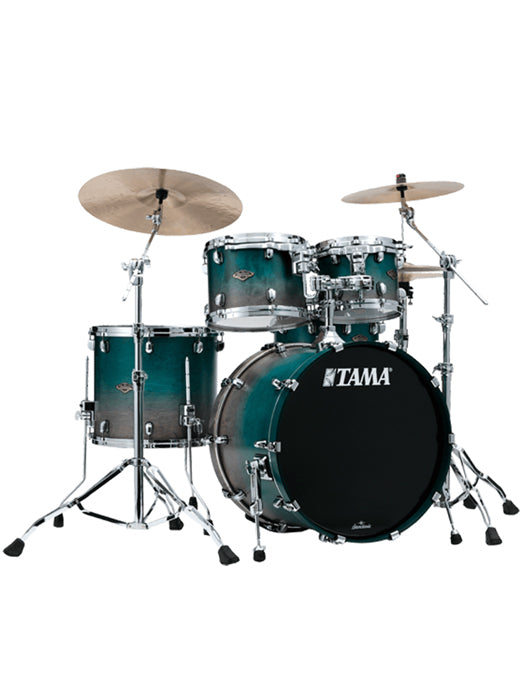
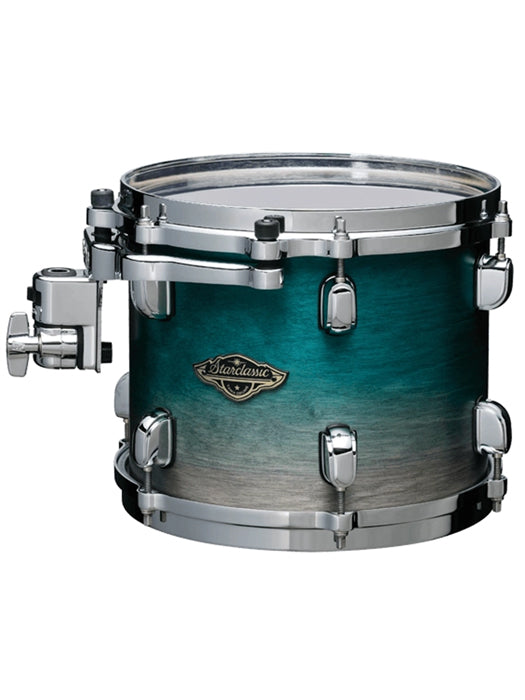
Tama WBS52RZS-SPF + WBSS55-SPF Starclassic Walnut/Birch 22" 6pc Drum Shell Set - Satin Sapphire Fade
Vendor:TamaRegular price Rs. 292,752.00Regular priceUnit price perRs. 308,160.00Sale price Rs. 292,752.00Sold out -
Dixon PODSP522-BMBK Spark Acoustic Drum Kit With Hardware - Misty Black
Vendor:DixonRegular price Rs. 55,059.00Regular priceUnit price per -
Dixon PODSP522-BCSL Spark 5pc Drum Kit With Hardware - Cyclone Silver
Vendor:DixonRegular price Rs. 55,059.00Regular priceUnit price per -
Dixon PODSP522-BCRD Spark Acoustic Drum Kit With Hardware - Cyclone Red
Vendor:DixonRegular price Rs. 55,059.00Regular priceUnit price per -
Mapex SR529XUQ Saturn 4 pcs Hybrid (w/o Snare) SHELL PACK - Aqua Fade
Vendor:MapexRegular price Rs. 206,000.00Regular priceUnit price perRs. 216,000.00Sale price Rs. 206,000.00Sale -
Mapex SR529XRJ Saturn 4 pcs Hybrid SHELL PACK - Teal Blue Fade
Vendor:MapexRegular price Rs. 206,080.00Regular priceUnit price perRs. 216,000.00Sale price Rs. 206,080.00Sale -
Mapex SE529XBOE Saturn Evolution 4 pc Shell Pack - EXOTIC AEGEAN FADE
Vendor:MapexRegular price Rs. 255,000.00Regular priceUnit price perRs. 265,000.00Sale price Rs. 255,000.00Sale -
Mapex VE5295FTVH Venus 5 pcs Drum Set w/Hardware & Throne - BlackGalaxy Sparkle
Vendor:MapexRegular price Rs. 60,000.00Regular priceUnit price perRs. 65,000.00Sale price Rs. 60,000.00Sold out -
Mapex VE5295FTVJ Venus 5 pcs Drum Set w/Hardware & Throne - Aqua Blue Sparkle
Vendor:MapexRegular price Rs. 60,000.00Regular priceUnit price perRs. 65,000.00Sale price Rs. 60,000.00Sale -
Mapex VE5295FTVM Venus 5 pcs Drum Set w/Hardware & Throne - Crimson Red Sparkle
Vendor:MapexRegular price Rs. 57,200.00Regular priceUnit price perRs. 65,000.00Sale price Rs. 57,200.00Sale -
Mapex VE5295FTVX Venus 5 pcs Drum Set w/Hardware & Throne - Copper Metallic
Vendor:MapexRegular price Rs. 60,000.00Regular priceUnit price perRs. 65,000.00Sale price Rs. 60,000.00Sale -
Mapex VE5295FTVC Venus 5 pcs Drum Set w/Hardware & Throne - Steel Blue Metallic
Vendor:MapexRegular price Rs. 60,000.00Regular priceUnit price perRs. 65,000.00Sale price Rs. 60,000.00Sale -
Mapex CM5844FTCIR Comet 5 pcs Jazz Jr Drum Set with Hardware Throne & Cymbals - Infra Red
Vendor:MapexRegular price Rs. 48,000.00Regular priceUnit price perRs. 51,000.00Sale price Rs. 48,000.00Sale -
Mapex CM5844FTCDK Comet 5 pcs Jazz Jr Drum Set with Hardware Throne & Cymbals - Dark Black
Vendor:MapexRegular price Rs. 48,000.00Regular priceUnit price perRs. 51,000.00Sale price Rs. 48,000.00Sale -
Mapex CM5295FTCDK Comet 5 pcs Hybrid Drum Set with Hardware Throne & Cymbals - Dark Black
Vendor:MapexRegular price Rs. 51,752.00Regular priceUnit price perRs. 55,400.00Sale price Rs. 51,752.00Sale

FOCAL PRO
DISCOVER THE PROFESSIONAL AUDIO FOCAL PRODUCTS
This is the Focal Professional philosophy. These professional monitors are conveived right from the first stages of R&D to reporduce the sound signal without distorsion.

ZILDJIAN CYMBALS
Blending old world concepts and new world techniques,Zildjianhas evolved with both music and technology, continuing to innovate the process of cymbal...

